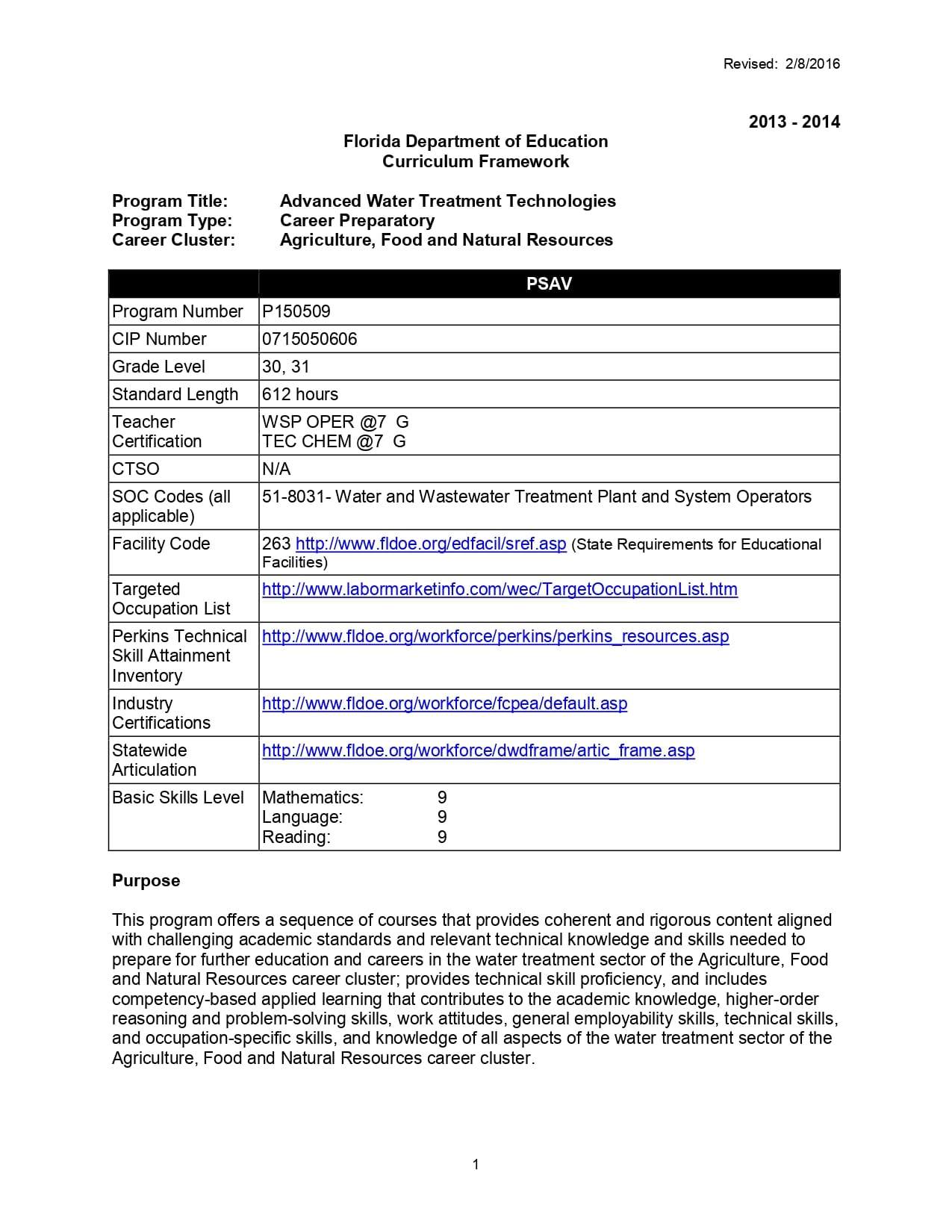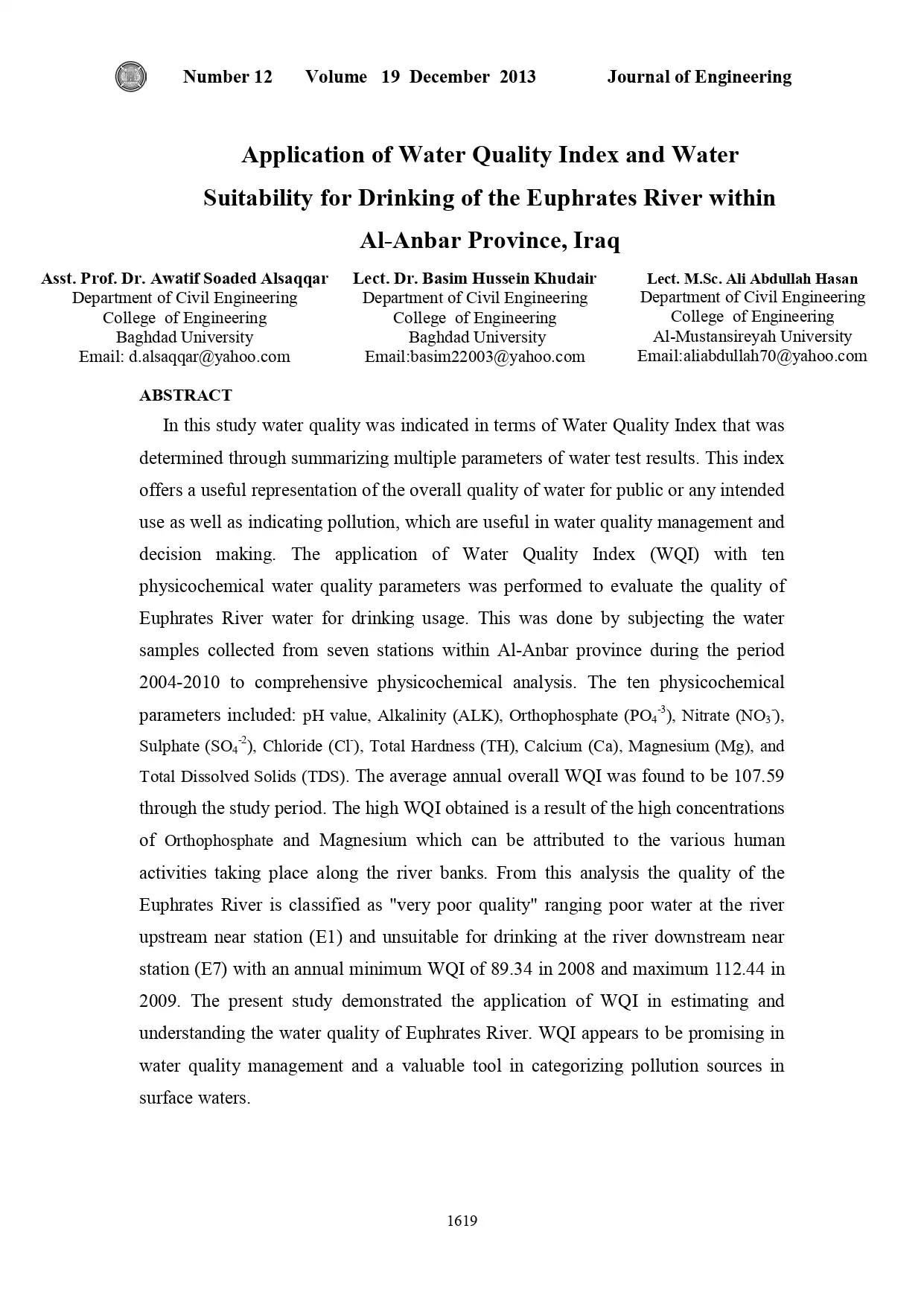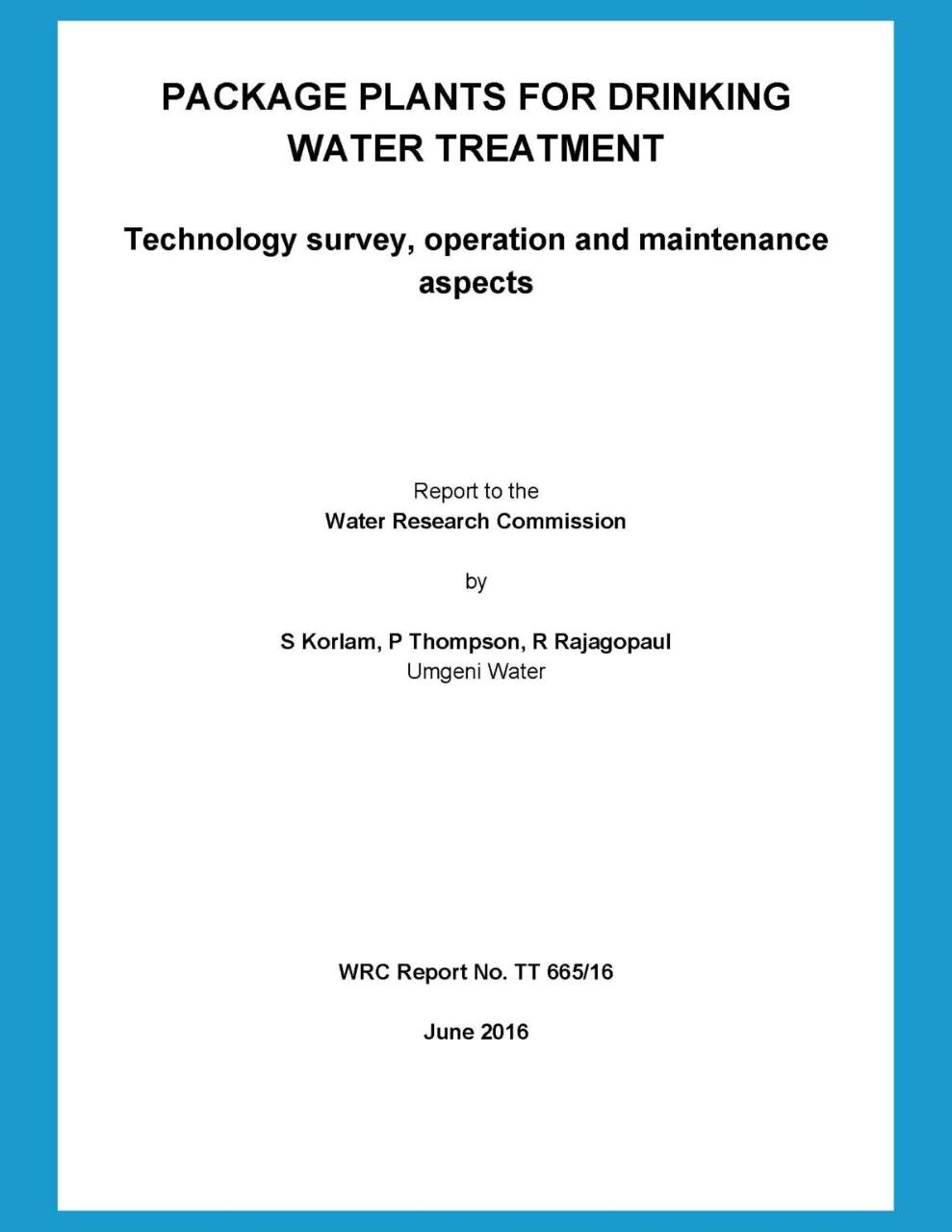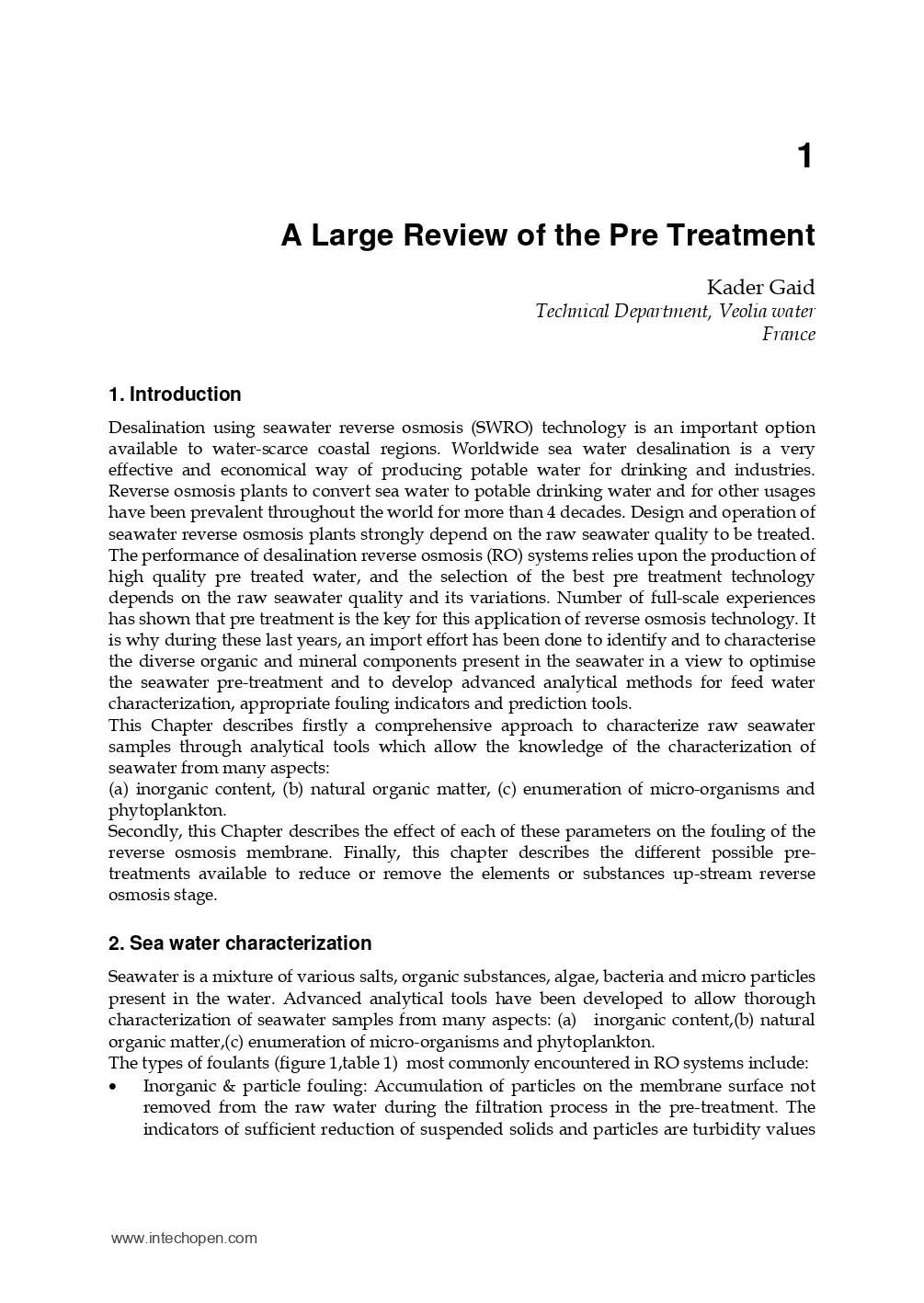Advanced Water Treatment Technologies
Usually dispatched in 2 to 3 days
Usually dispatched in 2 to 3 days
Category:
Drinking Water Treatment
Only logged in customers who have purchased this product may leave a review.
Related products
Application of Water Quality Index and Water Suitability for Drinking of the Euphrates River within Al-Anbar Province, Iraq
In this study water quality was indicated in terms of Water Quality Index that was determined through summarizing multiple parameters of water test results. This index offers a useful representation of the overall quality of water for public or any intended use as well as indicating pollution, which are useful in water quality management and decision making. The application of Water Quality Index (WQI) with ten physicochemical water quality parameters was performed to evaluate the quality of Euphrates River water for drinking usage. This was done by subjecting the water samples collected from seven stations within Al-Anbar province during the period 2004-2010 to comprehensive physicochemical analysis.
Application of Water Quality Index and Water Suitability for Drinking of the Euphrates River within Al-Anbar Province, Iraq
In this study water quality was indicated in terms of Water Quality Index that was determined through summarizing multiple parameters of water test results. This index offers a useful representation of the overall quality of water for public or any intended use as well as indicating pollution, which are useful in water quality management and decision making. The application of Water Quality Index (WQI) with ten physicochemical water quality parameters was performed to evaluate the quality of Euphrates River water for drinking usage. This was done by subjecting the water samples collected from seven stations within Al-Anbar province during the period 2004-2010 to comprehensive physicochemical analysis.
Biological Processes Nitrogen & Phosphorus
. Knowledge about the processes of the removal of nitrogen and phosphorus from wastewater by biological processes
. Knowledge about systems with enhanced biological treatment processes
Biological Processes Nitrogen & Phosphorus
. Knowledge about the processes of the removal of nitrogen and phosphorus from wastewater by biological processes
. Knowledge about systems with enhanced biological treatment processes
A Study on the Introduction of Artificial Intelligence Technology in the Water Treatment Process
Today, we stand in front of a huge wave of change named the "Fourth industrial revolution." Key technologies of the Fourth Industrial Revolution include artificial intelligence, the Internet of Thing (IoT), cloud computing, big data analysis, etc. These technologies will lead to an intelligent information society, and platform services will change every aspect of society from economic and work. This paper proposes several introductions of Artificial Intelligence Technology to improve water management.
A Study on the Introduction of Artificial Intelligence Technology in the Water Treatment Process
Today, we stand in front of a huge wave of change named the "Fourth industrial revolution." Key technologies of the Fourth Industrial Revolution include artificial intelligence, the Internet of Thing (IoT), cloud computing, big data analysis, etc. These technologies will lead to an intelligent information society, and platform services will change every aspect of society from economic and work. This paper proposes several introductions of Artificial Intelligence Technology to improve water management.
Package Plants For Drinking Water Treatment
In efforts to make package plants more compact, affordable and easier to operate and maintain, it has been noted that the design and performance of some of these plants containing conventional treatment processes is sometimes compromised if technical expertise in this regard is lacking. Generally, there are several risks associated with poorly designed treatment systems, including loss of production, poor safety and compromised equipment and process unit efficiency with associated higher operating and maintenance costs. These risks have more severe consequences in the case of desalination (including water reclamation and water re-use) package plants. The objective of this project is to develop a set of guidelines to assist municipalities, water treatment practitioners, designers and package plant manufacturers in the specification and design of appropriate unit processes and operating parameters to fit the influent water quality, operating environment and other special treatment requirements.
Package Plants For Drinking Water Treatment
In efforts to make package plants more compact, affordable and easier to operate and maintain, it has been noted that the design and performance of some of these plants containing conventional treatment processes is sometimes compromised if technical expertise in this regard is lacking. Generally, there are several risks associated with poorly designed treatment systems, including loss of production, poor safety and compromised equipment and process unit efficiency with associated higher operating and maintenance costs. These risks have more severe consequences in the case of desalination (including water reclamation and water re-use) package plants. The objective of this project is to develop a set of guidelines to assist municipalities, water treatment practitioners, designers and package plant manufacturers in the specification and design of appropriate unit processes and operating parameters to fit the influent water quality, operating environment and other special treatment requirements.
A Large Review of the Pre Treatment
Introduction:
Desalination using seawater reverse osmosis (SWRO) technology is an important option available to water-scarce coastal regions. Worldwide sea water desalination is a very effective and economical way of producing potable water for drinking and industries. Reverse osmosis plants to convert sea water to potable drinking water and for other usages have been prevalent throughout the world for more than 4 decades. Design and operation of seawater reverse osmosis plants strongly depend on the raw seawater quality to be treated. The performance of desalination reverse osmosis (RO) systems relies upon the production of high quality pre treated water, and the selection of the best pre treatment technology depends on the raw seawater quality and its variations. Number of full-scale experiences has shown that pre treatment is the key for this application of reverse osmosis technology. It is why during these last years, an import effort has been done to identify and to characterise the diverse organic and mineral components present in the seawater in a view to optimise the seawater pre-treatment and to develop advanced analytical methods for feed water characterization, appropriate fouling indicators and prediction tools. This Chapter describes firstly a comprehensive approach to characterize raw seawater samples through analytical tools which allow the knowledge of the characterization of seawater from many aspects: (a) inorganic content, (b) natural organic matter, (c) enumeration of micro-organisms and phytoplankton. Secondly, this Chapter describes the effect of each of these parameters on the fouling of the reverse osmosis membrane. Finally, this chapter describes the different possible pre treatments available to reduce or remove the elements or substances up-stream reverse osmosis stage.
A Large Review of the Pre Treatment
Introduction:
Desalination using seawater reverse osmosis (SWRO) technology is an important option available to water-scarce coastal regions. Worldwide sea water desalination is a very effective and economical way of producing potable water for drinking and industries. Reverse osmosis plants to convert sea water to potable drinking water and for other usages have been prevalent throughout the world for more than 4 decades. Design and operation of seawater reverse osmosis plants strongly depend on the raw seawater quality to be treated. The performance of desalination reverse osmosis (RO) systems relies upon the production of high quality pre treated water, and the selection of the best pre treatment technology depends on the raw seawater quality and its variations. Number of full-scale experiences has shown that pre treatment is the key for this application of reverse osmosis technology. It is why during these last years, an import effort has been done to identify and to characterise the diverse organic and mineral components present in the seawater in a view to optimise the seawater pre-treatment and to develop advanced analytical methods for feed water characterization, appropriate fouling indicators and prediction tools. This Chapter describes firstly a comprehensive approach to characterize raw seawater samples through analytical tools which allow the knowledge of the characterization of seawater from many aspects: (a) inorganic content, (b) natural organic matter, (c) enumeration of micro-organisms and phytoplankton. Secondly, this Chapter describes the effect of each of these parameters on the fouling of the reverse osmosis membrane. Finally, this chapter describes the different possible pre treatments available to reduce or remove the elements or substances up-stream reverse osmosis stage.
Module 11: Administration of Water Treatment Plants
• Describe how water treatment plants comply with their minimum federal and state monitoring requirements.
• List the three ways in which management ensures that the staff complies with monitoring requirements.
• Discuss reporting requirements when complying with federal and state regulations.
Module 11: Administration of Water Treatment Plants
• Describe how water treatment plants comply with their minimum federal and state monitoring requirements.
• List the three ways in which management ensures that the staff complies with monitoring requirements.
• Discuss reporting requirements when complying with federal and state regulations.
Recommended Standards for Water Works
A Report of the Water Supply Committee of the Great Lakes--Upper Mississippi River Board
of State and Provincial Public Health and Environmental Managers
Recommended Standards for Water Works
A Report of the Water Supply Committee of the Great Lakes--Upper Mississippi River Board
of State and Provincial Public Health and Environmental Managers
Adsorbent Material Used In Water Treatment-A Review
Adsorption method of purify water relies mainly on the adsorbent to adsorb the impurities in the water, this paper introduces the latest research progress both at home and abroad, such as activated carbon, chitosan, zeolites, clay minerals plant-based, industrial waste . These adsorbent type will play a more and more important role in water treatment in the future.
Adsorbent Material Used In Water Treatment-A Review
Adsorption method of purify water relies mainly on the adsorbent to adsorb the impurities in the water, this paper introduces the latest research progress both at home and abroad, such as activated carbon, chitosan, zeolites, clay minerals plant-based, industrial waste . These adsorbent type will play a more and more important role in water treatment in the future.
Activated Carbon Treatment of Drinking Water
Introduction:
Activated carbon filtration (AC) is effective in reducing certain organic chemicals and chlorine in water. It can also reduce the quantity of lead in water although most lead-reducing systems use another filter medium in addition to carbon. Water is passed through granular or block carbon material to reduce toxic compounds as well as harmless taste- and odor-producing chemicals. This fact sheet discusses the principles and processes of typical activated carbon filtration systems.
Activated Carbon Treatment of Drinking Water
Introduction:
Activated carbon filtration (AC) is effective in reducing certain organic chemicals and chlorine in water. It can also reduce the quantity of lead in water although most lead-reducing systems use another filter medium in addition to carbon. Water is passed through granular or block carbon material to reduce toxic compounds as well as harmless taste- and odor-producing chemicals. This fact sheet discusses the principles and processes of typical activated carbon filtration systems.














Reviews
There are no reviews yet.